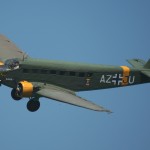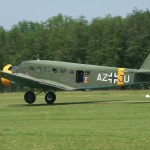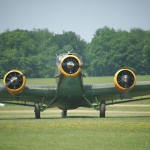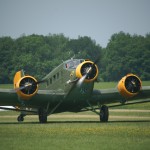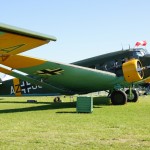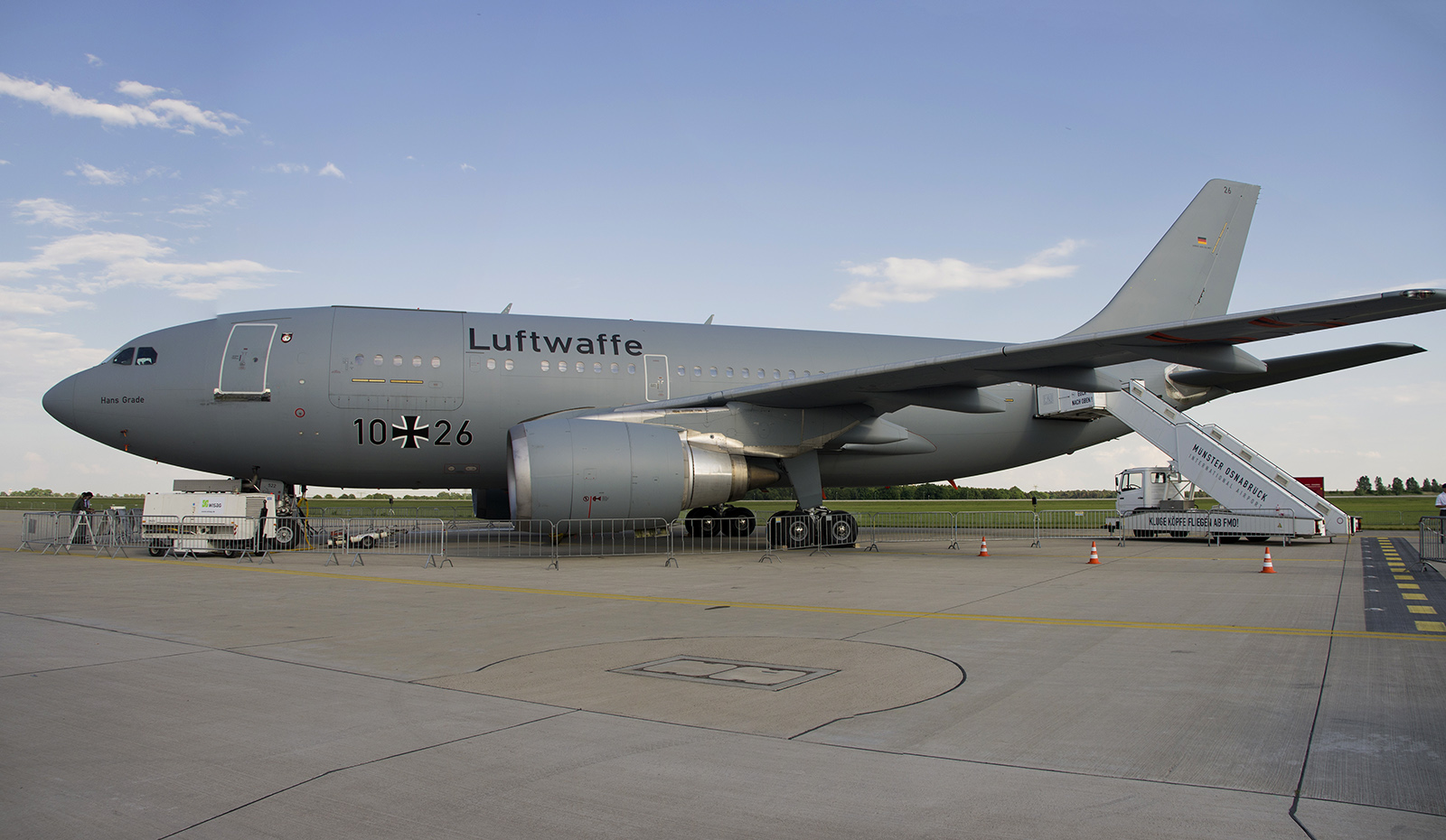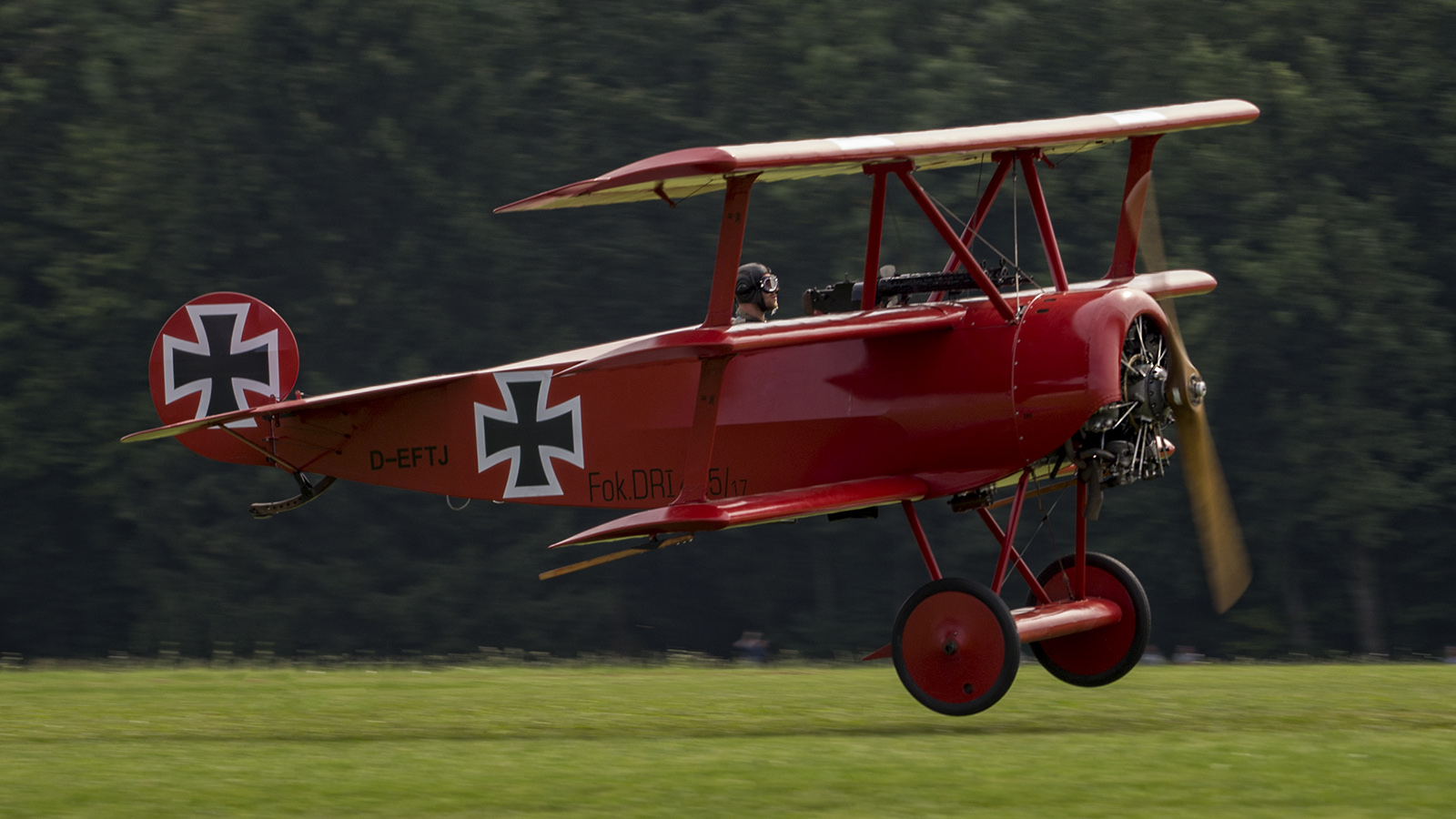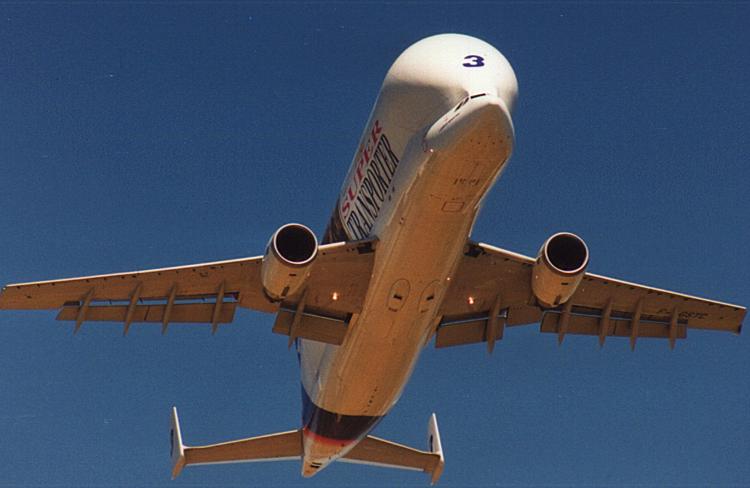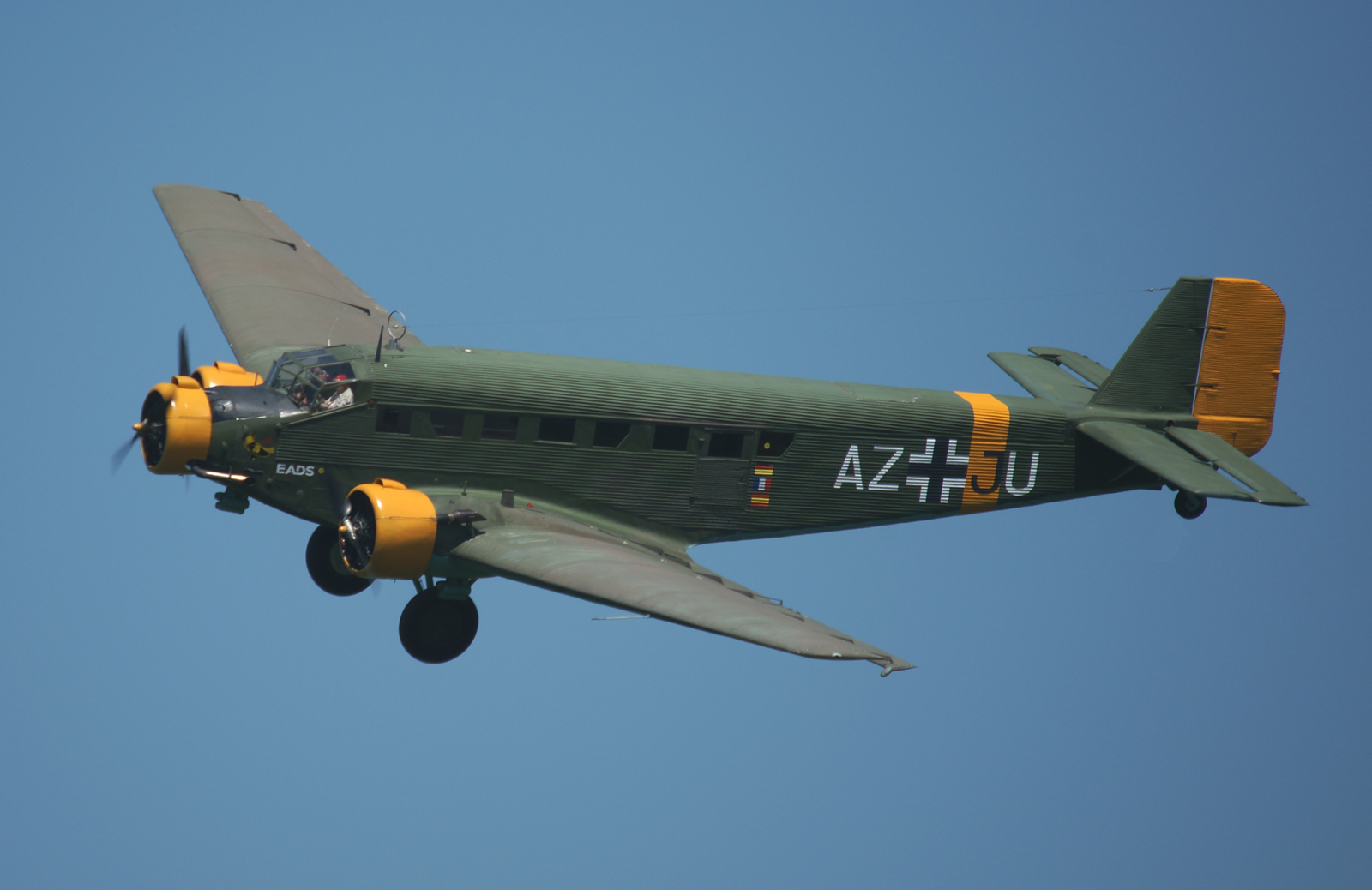
The Junkers Ju 52 was a German trimotor transport aircraft. It saw both civilian and military service during the 1930s and 1940s. The Junkers Ju 52 was nicknamed “Tante Ju” (Auntie Ju) and “Iron Annie” by Axis and Allied troops. The prototype was designed as a single-engine aircraft. But airlines such as Lufthansa, for the safety of their passengers, preferred a three-engine variant, which in addition to robustness and short take-off and landing distances, offered minimum maintenance and low costs.
- Developing nation: Germany
- Manufacturer/designer: Junkers/Ernst Zindel.
- Production Lines: Junkers works at Dessau.
- Type aircraft: trimotor transport aircraft.
- First flight: 13 October 1930 (Ju 52/1m); 7 March 1932 (Ju 52/3m).
- First delivery: 1931.
- Produced: 4,845
The Junkers JU 52 was designed by the legendary Hugo Junkers and first appeared in May 1932. Within six years, the model was flying 75 percent of all German air passenger flights.
The Ju-52 was built of corrugated metal skin and paid little attention to beauty, features of a typical Junkers design. Parts and pieces stuck out of the airframe, and the corrugated skin, though much stronger than fabric and metal tubes, created stronger air resistance. In April 1931, the originally single-engined Ju-52 prototype was fitted with three engines. Performance improved tremendously and production of the new model immediately began. The Ju-52 served as an airliner for many nations. Finland, Spain, Sweden and Germany were just a few. The first battle of the Junkers Ju 52 was took place in Spain during the civil war, where it served primarily to transport troops and equipment. In World War II, the Ju-52 served in every theater in which Germany participated. It dropped paratroopers in the Netherlands, Crete and later the Ardennes. It carried supplies to beleagued troops in North Africa, Stalingrad and the Baltic states.
So succesful was the JU-52 that licence built versions were still being used as a civil and military carrier right up to the 1980s.
- Argentina – Argentine Air Force
- Austria – Austrian Air Force
- Belgian – CongoForce Publique
- Bolivia – Bolivian Air Force
- Bulgaria – Bulgarian Air Force
- Colombia – Colombian Air Force
- Croatia – Croatian Air Force
- Czechoslovakia – Czechoslovakian Air Force (postwar)
- Ecuador – Ecuadorian Air Force
- France – French Air Force (postwar), French Navy (postwar)
- Germany – Luftwaffe
- Greece – Hellenic Air Force
- Hungary – Royal Hungarian Air Force
- Italy – Regia Aeronautica
- Norway – Norwegian Air Force (captured)
- Peru – Peruvian Air Force
- Portugal – Portuguese Air Force
- Romania – Royal Romanian Air Force, Romanian Air Force (postwar)
- South Africa – South African Air Force
- Slovakia – Slovak Air Force (1939-1945)
- Soviet Union – Soviet Air Force (postwar)
- Spanish State, Spanish Air Force
- Sweden – Swedish Air Force
- Switzerland – Swiss Air Force
- United States – United States Army Air Force
- Yugoslavia – SFR Yugoslav Air Force
General characteristics
- Crew: 3 (two pilots, radio operator)
- Capacity: 18 troops or 12 litter patients
- Length: 18.90 m (62 ft 0 in)
- Wingspan: 29.25 m (95 ft 10 in)
- Height: 4.5 m (14 ft 10 in)
- Wing area: 110.5 m² (1,190 ft²)
- Empty weight: 6,510 kg (14,325 lb)
- Loaded weight: 9,200 kg (20,270 lb)
- Max. takeoff weight: 10,990 kg (24,200 lb)
- Powerplant: 3 × BMW 132T radial engines, 533 kW (715 hp) each
Performance
- Maximum speed: 265 km/h (165 mph) at sea level
- Cruise speed: 211 km/h (132 mph)
- Range: 870 km (540 mi)
- Service ceiling: 5,490 m (18,000 ft)
- Rate of climb: 17 minutes to 3,050 m (10,000 ft)
Armament
- Guns: * 1 × 13 mm (.51 in) MG 131 machine gun in a dorsal position
- 2 × 7.92 mm (.312 in) MG 15 machine guns
- Bombs: up to 454 kg (1,000 lb) of bombs (some variants)
All pictures courtesy of Zijde Aviation Photo and Publishing, Rob Vogelaar
